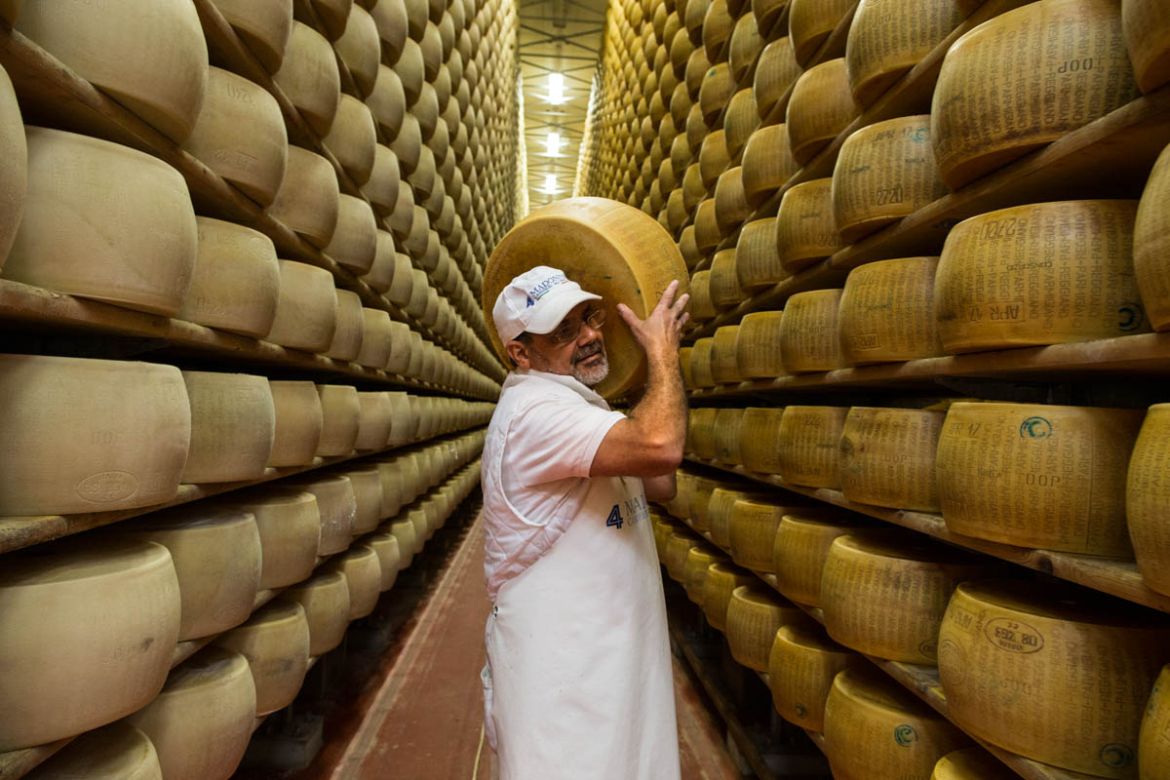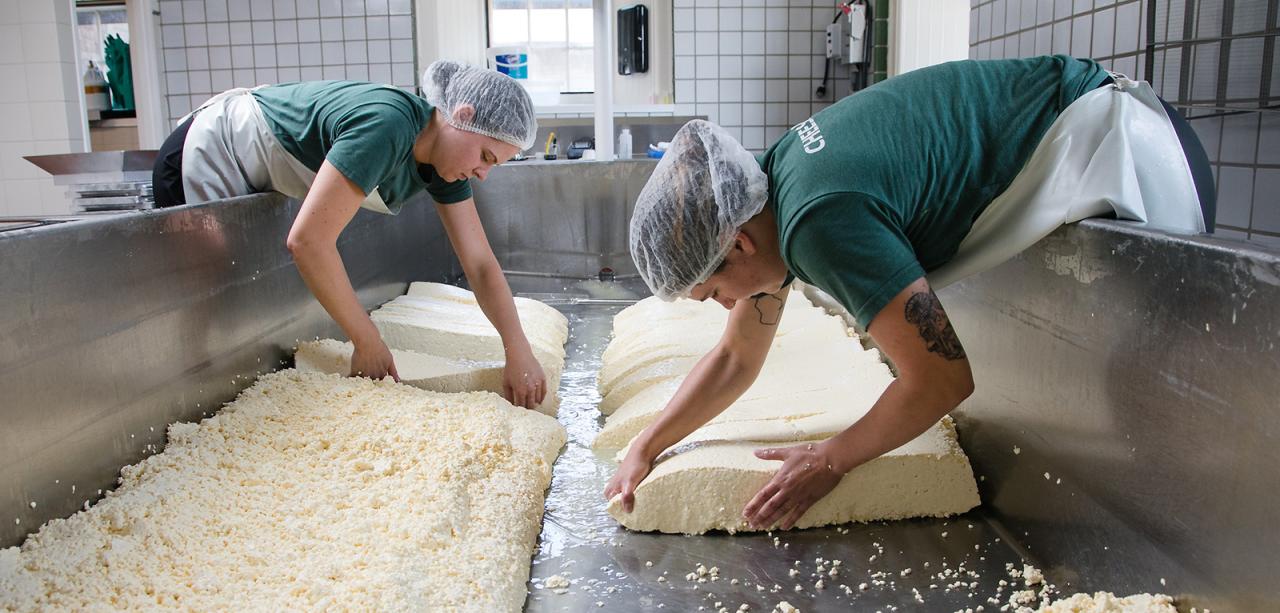How Floridia Cheese Melbourne Establishes the Standard for Neighborhood Cheese Makers
How Floridia Cheese Melbourne Establishes the Standard for Neighborhood Cheese Makers
Blog Article
Opening the Keys of Artisanal Cheese Making: A Detailed Do It Yourself Overview
In the world of cooking workmanship, artisanal cheese making stands as a testimony to the fragile balance in between practice and advancement. Each action in the process, from choosing the best milk to refining aging techniques, holds within it a riches of expertise gave via generations. As we get started on this trip to debunk the art of developing elegant cheeses, we are faced with a tapestry of abilities and tricks waiting to be unwinded. Join us as we check out the details of this ancient craft, where science, art, and perseverance assemble to generate flavors that entice the senses.
Picking the Right Milk
When beginning on the trip of artisanal cheese production, the choice of milk plays a vital function in determining the top quality and attributes of the end product. The type of milk selected impacts the flavor, texture, and in general account of the cheese. Raw milk, right from the pet, is favored by several artisanal cheesemakers due to its distinct blend of enzymes, bacteria, and taste substances. Using raw milk comes with risks and regulations, making sterilized milk a safer option for novices.
In addition, the source of the milk, whether from cows, goats, lamb, or buffalo, adds unique tastes and characteristics to the cheese. Each type of milk brings its very own subtleties, enabling for a vast range of cheese ranges to be crafted based on the selected milk.
Culturing and Coagulating
To initiate the cheese-making procedure, the vital actions of culturing and coagulating need to be thoroughly carried out to transform milk right into curds and whey. The type of culture utilized can significantly impact the taste, appearance, and ripening of the last cheese product.

The timing and temperature level control during culturing and coagulation are crucial factors that affect the last end result of celebrity. Proper implementation of these actions is necessary to ensure the preferred structure, taste, and consistency of the artisanal cheese being created.
Draining and Pressing Curds
After the milk proteins have actually coagulated and the curds have been reduced to release whey, the following critical action in artisanal cheese making includes draining and pressing the curds to achieve the wanted structure and uniformity of the final cheese product. The time for draining pipes can vary depending on the kind of cheese being made and the wanted moisture content.
Once the curds have actually sufficiently drained pipes, the next step is pressing. Pressing helps expel any staying whey and compacts the curds to create a strong cheese wheel. Pushing can be done using specialized cheese presses that use regular and gentle stress over a time period. The duration and pressure used throughout pushing will affect the final appearance of the cheese, from creamy and soft to hard and company. Correct pushing and draining are critical actions that significantly affect the high quality and attributes of the artisanal cheese being generated.
Aging and Flavor Strategies
Implementing precise aging and flavoring strategies is essential in enhancing the depth and intricacy of artisanal cheeses, elevating their taste accounts to beautiful levels of refinement and class. Aging plays an essential role in establishing the unique tastes and structures that differentiate artisanal cheeses. Throughout the aging procedure, cheeses are stored in thoroughly managed environments where aspects such as moisture, temperature level, and air flow are controlled to motivate the development of helpful molds and bacteria. This regulated setting enables the cheese to develop slowly, establishing complex fragrances and abundant flavors.
Flavoring methods also contribute significantly to the last preference of artisanal cheeses. Cheesemakers may pick to present extra flavors by including ingredients such as herbs, flavors, and my link even fruits into the cheese during the production procedure. Additionally, some cheeses are washed or rubbed with numerous fluids, such as brine or alcohol, to boost their structures and flavors.
Covering and Saving Cheeses

Final Thought
To conclude, grasping the art of artisanal cheese making involves thoroughly choosing the right milk, complying with exact culturing and coagulating procedures, draining pipes and pushing curds effectively, and using different aging and flavoring methods. By complying with these actions carefully and with attention to information, you can produce your very own delicious and special cheeses in the house. Keep in mind to cover and store your cheeses effectively to make sure optimal taste and structure growth. Satisfied cheese making!
Each type of milk brings its very own nuances, enabling for a wide range of cheese selections to be crafted based on the selected milk.After the milk healthy proteins have coagulated and the curds have been cut to release whey, the next essential action in artisanal cheese making entails draining and pushing the curds to achieve the desired texture and uniformity of the last cheese product. The majority of cheeses should be wrapped in wax paper or cheese paper visit to allow them to take a breath while safeguarding them from drying out. For cheeses that need to proceed aging, such as bloomy peels or washed rinds, guarantee they are saved in an amazing atmosphere like a cheese cavern or a fridge established to the suitable temperature. By paying focus to the wrapping and storage of artisanal cheeses, cheese makers and lovers can preserve the stability of these delicacies and totally enjoy their complex tastes.
Report this page